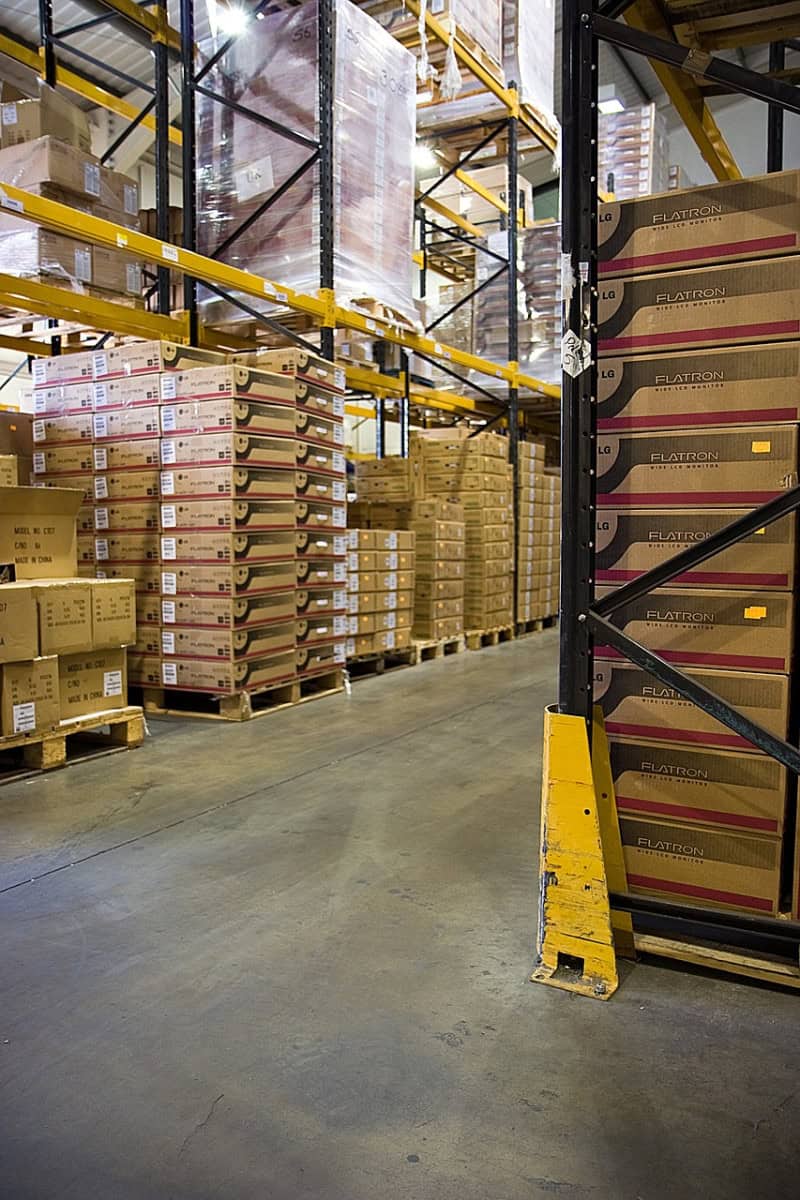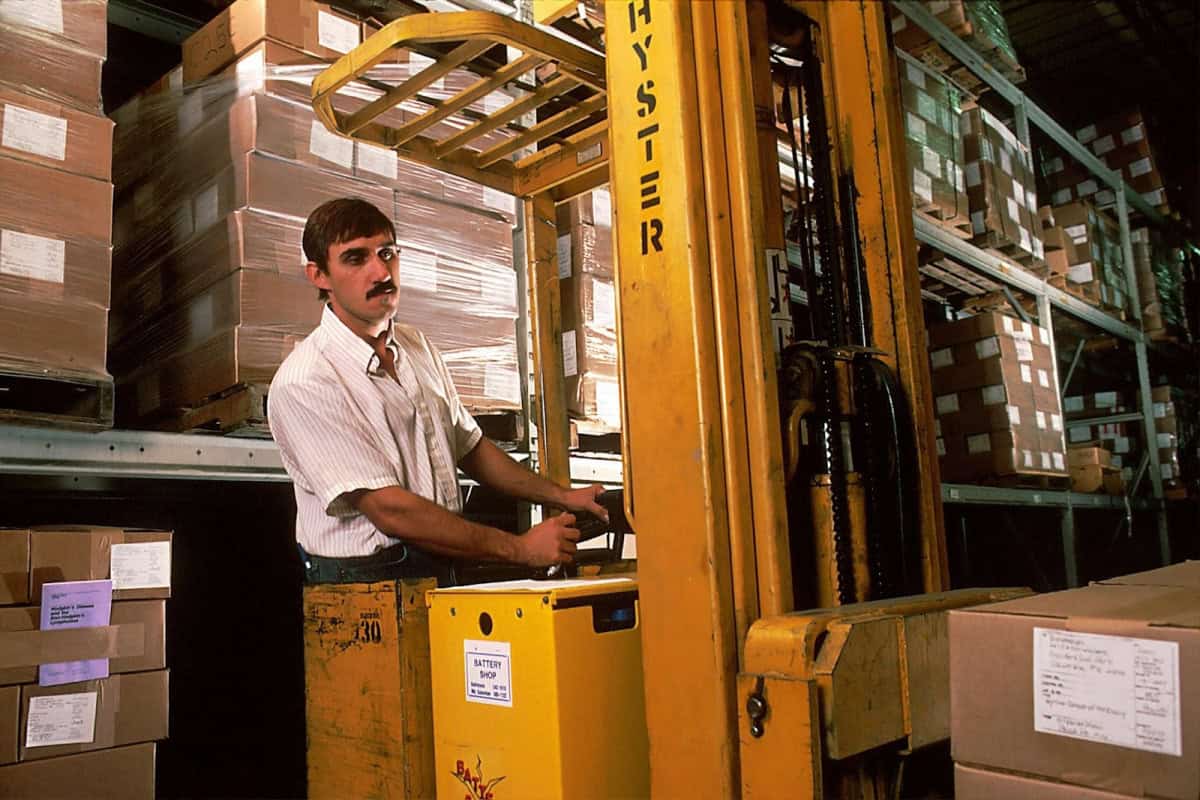In the world of warehousing, efficient material handling is key to boosting productivity and ensuring smooth operations. As warehouses become more complex and demand for faster turnaround times grows, implementing the right material handling solutions can make a significant difference. From moving products to storage systems, every aspect of material handling must be optimized to reduce downtime, minimize labor costs, and improve workflow. In this article, we explore the ways in which innovative material handling solutions are driving productivity in warehousing environments.

Enhanced Lifting and Transport Solutions
One of the most common challenges in warehouses is the safe and efficient lifting and transporting of heavy materials. Without the right equipment, manual labor can slow down processes, increase the risk of injury, and reduce overall efficiency. This is where advanced lifting solutions, such as hydraulic scissor lift tables, come into play. These tables are designed to lift heavy loads to various heights, allowing workers to handle materials more easily and with less strain on their bodies. For example, hydraulic scissor lift tables for industrial use are an essential tool for warehouses that deal with large, bulky items. By using hydraulic power to raise and lower loads, these lift tables reduce the need for manual lifting, improving both speed and safety.
Workers can position products at the right height, minimizing the risk of injury and fatigue. This not only boosts productivity but also ensures compliance with health and safety standards.
These tables can be easily integrated into various warehouse workflows, making them a versatile solution for different types of material handling tasks. From loading and unloading trucks to organizing inventory on high shelves, hydraulic scissor lift tables streamline operations and allow workers to complete tasks faster and more efficiently.
Automation for Increased Efficiency
Automation has become a game-changer in the warehousing industry. By incorporating automated systems into material handling processes, warehouses can significantly increase their productivity while reducing errors and labor costs. Automated storage and retrieval systems (ASRS), for instance, allow for the quick and accurate movement of goods within a warehouse, reducing the time it takes to retrieve or store items.
Conveyor belts and automated guided vehicles (AGVs) also play a crucial role in moving materials throughout a warehouse. These systems can transport products from one area to another without the need for manual intervention, freeing up workers to focus on more complex tasks. By automating repetitive tasks, warehouses can not only speed up their operations but also ensure greater accuracy, which is critical in environments where mistakes can lead to costly delays.
Automation also allows warehouses to optimize space. With automated systems, warehouses can store items more efficiently, utilizing vertical space and reducing the need for large storage areas. This makes it possible to store more inventory without expanding the physical footprint of the warehouse, ultimately increasing overall productivity.
Improved Ergonomics for Worker Safety
Material handling solutions that prioritize ergonomics play a crucial role in worker safety and comfort. Poor ergonomics can lead to injuries such as sprains, strains, and repetitive stress injuries, which not only impact the well-being of employees but also lead to downtime and decreased productivity.
Solutions such as ergonomic workstations, adjustable shelving, and lift-assist devices are designed to minimize the physical strain on workers. These tools allow employees to handle materials more comfortably, reducing the risk of injury and improving job satisfaction. In turn, healthier and more comfortable workers are more productive and less likely to take time off due to injury, creating a more efficient and reliable workforce.
Investing in ergonomic material handling solutions demonstrates a commitment to employee well-being, which can boost morale and retention rates. By creating a safer work environment, warehouses can ensure their operations run smoothly without the disruptions caused by workplace injuries.
Real-Time Data and Inventory Management
Another way material handling solutions drive productivity is through the use of technology that offers real-time data and inventory management. Warehouse management systems (WMS) allow businesses to track inventory levels, monitor stock movements, and predict future needs. By providing up-to-date information on inventory, these systems help warehouse managers make informed decisions that optimize stock levels and reduce the risk of overstocking or stockouts.
With the help of barcode scanning and RFID technology, warehouses can also improve the accuracy of their inventory management. These technologies ensure that products are correctly identified and tracked as they move through the supply chain, reducing the risk of human error. Real-time data also allows for better planning and forecasting, enabling warehouses to meet customer demands more effectively.
Real-time data can be used to monitor equipment performance, ensuring that material handling equipment like forklifts, conveyors, and lift tables are functioning efficiently. Preventative maintenance schedules can be based on actual usage data, reducing the likelihood of equipment breakdowns and minimizing downtime.
Customization to Meet Specific Needs
Every warehouse has unique requirements, and one-size-fits-all solutions may not always be effective. Customizable material handling solutions allow warehouses to tailor their equipment and systems to meet their specific needs. For example, conveyors can be designed to handle different types of materials, while lift tables and storage systems can be adjusted to accommodate varying load sizes and weights.
Customization ensures that warehouses can optimize their workflows and handle materials in the most efficient way possible. Whether it’s adjusting shelving heights or configuring automated systems for specific product lines, custom solutions enable warehouses to create a more productive environment that aligns with their operational goals.

Material handling solutions are essential for driving productivity in modern warehousing. By incorporating advanced lifting equipment, automation, ergonomic tools, and real-time inventory management, warehouses can optimize their workflows and ensure smooth, efficient operations. Investing in these innovations not only increases output but also reduces the risks of errors and injuries, ultimately leading to a more productive and safer work environment.



